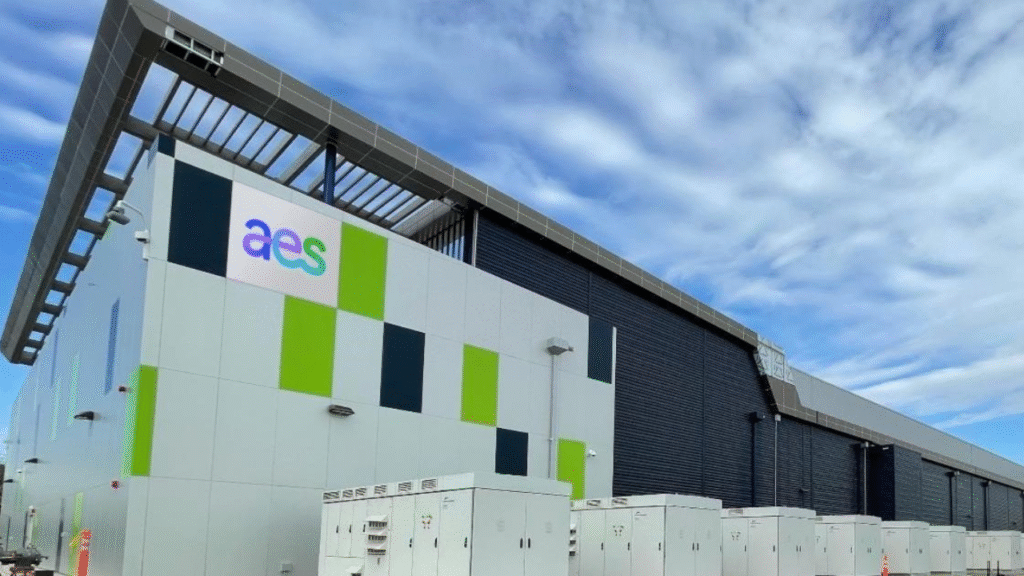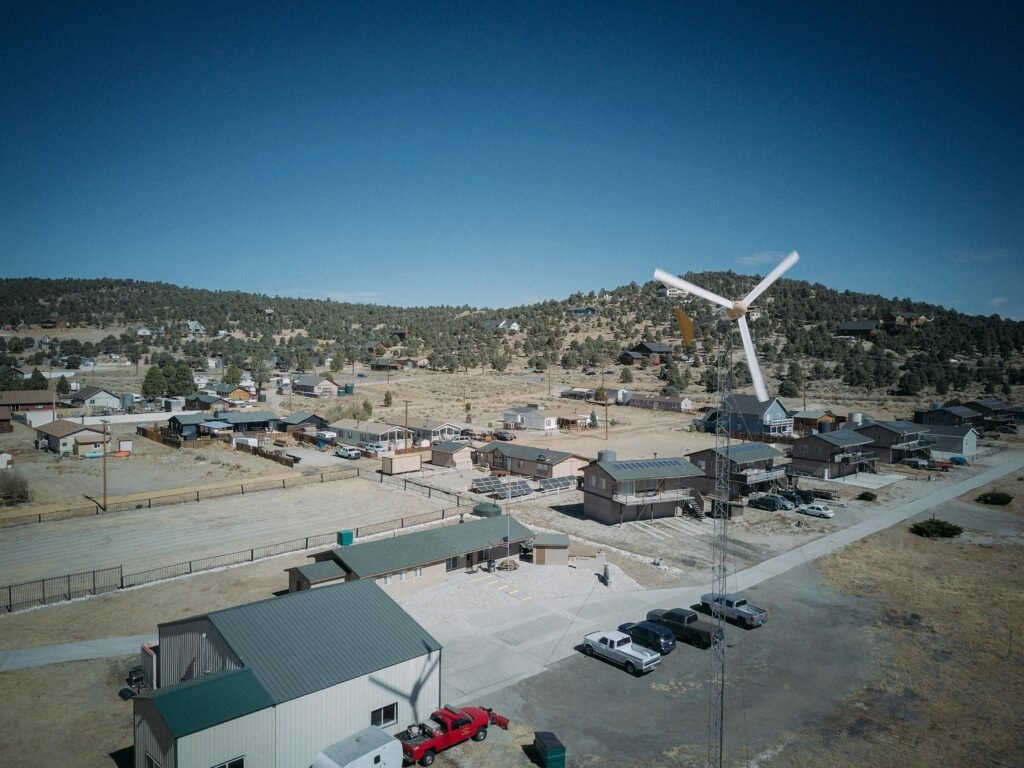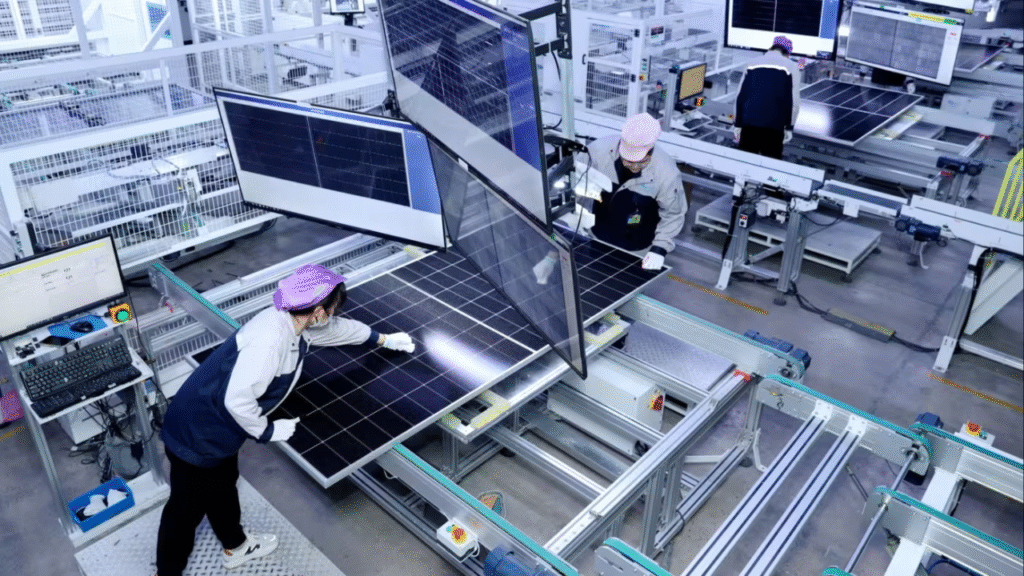As the world grapples with the climate crisis, the search for sustainable and innovative solutions has become more urgent than ever. Carbon capture and green technology have emerged as two of the most powerful tools in the fight against global warming. While carbon capture focuses on reducing emissions already being produced, green technology aims to prevent emissions from occurring in the first place. Together, they form a synergistic defense against the buildup of greenhouse gases that are destabilizing our planet’s climate.
Understanding Carbon Capture: A Key Mitigation Strategy
Carbon capture—also known as carbon capture and storage (CCS)—is the process of trapping carbon dioxide (CO₂) from sources such as power plants and industrial facilities before it enters the atmosphere. Once captured, the CO₂ is transported and securely stored underground in geological formations. The primary goal of carbon capture is to prevent this greenhouse gas from contributing to global warming.
The technology is especially vital for hard-to-abate sectors, such as cement, steel, and chemical manufacturing, where switching to zero-emission energy sources is not yet feasible. In these cases, carbon capture provides a pathway to significantly reduce emissions while other green solutions are being scaled.

The Role of Green Technology in Combating Global Warming
Green technology encompasses a broad spectrum of innovations that reduce environmental harm, increase efficiency, and promote sustainability. These technologies range from renewable energy systems, such as solar and wind, to energy-efficient appliances, electric vehicles, smart grids, and waste-to-energy solutions. All of these contribute to the global effort to mitigate global warming.
One of the primary ways individuals and organizations can support this effort is to purchase energy-efficient solutions. Whether it’s switching to LED lighting, investing in solar panels, or upgrading to ENERGY STAR-certified appliances, these small changes collectively make a massive difference. Green tech reduces the amount of energy consumed, lowers fossil fuel use, and minimizes carbon footprints.
Incorporating carbon capture into green energy strategies ensures that unavoidable emissions are dealt with effectively, making the clean tech ecosystem even more robust.

Integrating Carbon Capture with Clean Energy
While renewable energy is the backbone of green technology, it cannot fully address emissions from existing fossil-fuel infrastructure or heavy industries. That’s where carbon capture becomes crucial. It allows these facilities to operate with significantly reduced emissions while renewable alternatives are being deployed or scaled.
Companies like AES Clean Energy are leading the way in this integration. AES is developing clean energy projects across the globe, combining wind, solar, battery storage, and grid modernization. Some projects are also exploring the inclusion of carbon capture technologies to maximize emission reductions.
When carbon capture is used alongside green technology, we get a dual-action approach: preventing new emissions and eliminating existing ones. This makes it a powerful defense against global warming and a practical pathway toward carbon neutrality.

Where to Find Energy-Efficient Tech Solutions
For consumers and businesses alike, there are numerous platforms to find energy-efficient tech solutions. Online marketplaces, government-backed portals, and specialized green tech companies offer products designed to reduce energy use and emissions.
Some reliable sources include:
- Energy.gov (U.S. Department of Energy): Offers guidance on certified energy-efficient products.
- Carbon Trust (UK): Provides technology guides and supplier directories for businesses.
- Alibaba’s Green Tech Zone (China): Features a marketplace for solar panels, EV components, and carbon capture tools.
In addition to individual purchases, many companies now offer turnkey energy-efficient solutions, including solar leasing programs, battery storage systems, and smart home integrations—all designed to minimize carbon footprints.

China’s Role in Global Green Technology
As the world's largest emitter of greenhouse gases, China plays a critical role in global climate solutions. The country has made enormous strides in developing clean tech, including leading the world in solar panel production, electric vehicle manufacturing, and wind energy deployment.
In addition to its renewable energy ambitions, China is also investing heavily in carbon capture. With multiple CCS pilot projects and growing research funding, China is demonstrating a commitment to balancing its rapid industrialization with climate responsibility. The integration of carbon capture into China’s green development strategy reflects the country’s recognition of CCS as an essential tool in its transition to a low-carbon economy.
Global Momentum Behind Carbon Capture
Globally, carbon capture is gaining momentum as countries and companies commit to net-zero targets. The Intergovernmental Panel on Climate Change (IPCC) has emphasized that carbon capture will be essential if the world is to limit global warming to 1.5°C above pre-industrial levels.
Leading nations such as the United States, the United Kingdom, and Canada are investing billions into carbon capture research and infrastructure. In the U.S., the Department of Energy has launched several programs under its Carbon Negative Shot initiative, aiming to advance direct air capture and other forms of CCS. Meanwhile, the UK’s Net Zero Strategy includes the development of carbon capture clusters in industrial regions like the Humber and Teesside.
These coordinated efforts signal a global shift toward embedding carbon capture in climate policy and energy planning.
The Business Case for Investing in Clean Tech and Carbon Capture
Investing in green technology and carbon capture is not just an environmental imperative—it’s also a strategic business decision. As regulatory pressures increase and consumers demand sustainable practices, companies that adopt green solutions will enjoy long-term cost savings, improved brand reputation, and greater resilience.
Financial incentives, tax credits, and green financing options are making it easier than ever for businesses to transition. For example, in the U.S., the Inflation Reduction Act includes major incentives for carbon capture, renewable energy installations, and clean tech innovation.
A United Defense Against Climate Change
While no single solution will solve global warming, a comprehensive strategy that combines carbon capture with green technology provides one of the best paths forward. CCS reduces emissions from legacy systems, while green tech transforms how we produce and use energy in the future.
From global energy giants like AES to governments like China’s, the shift toward sustainable technologies and carbon capture solutions is both promising and necessary. It reflects a growing consensus: to meet our climate goals, we must deploy every tool at our disposal.
Conclusion: Toward a Greener, Safer Planet
The climate crisis is one of the greatest challenges humanity has ever faced, but with powerful allies like carbon capture and green technology, we are not defenseless. These innovations offer real, scalable solutions to reduce emissions and slow global warming. As individuals, businesses, and governments, our role is to support, invest in, and implement these technologies wherever possible.
By embracing clean energy, choosing to purchase energy-efficient solutions, and advocating for carbon capture initiatives, we contribute to a global effort that can secure a livable future for generations to come.








